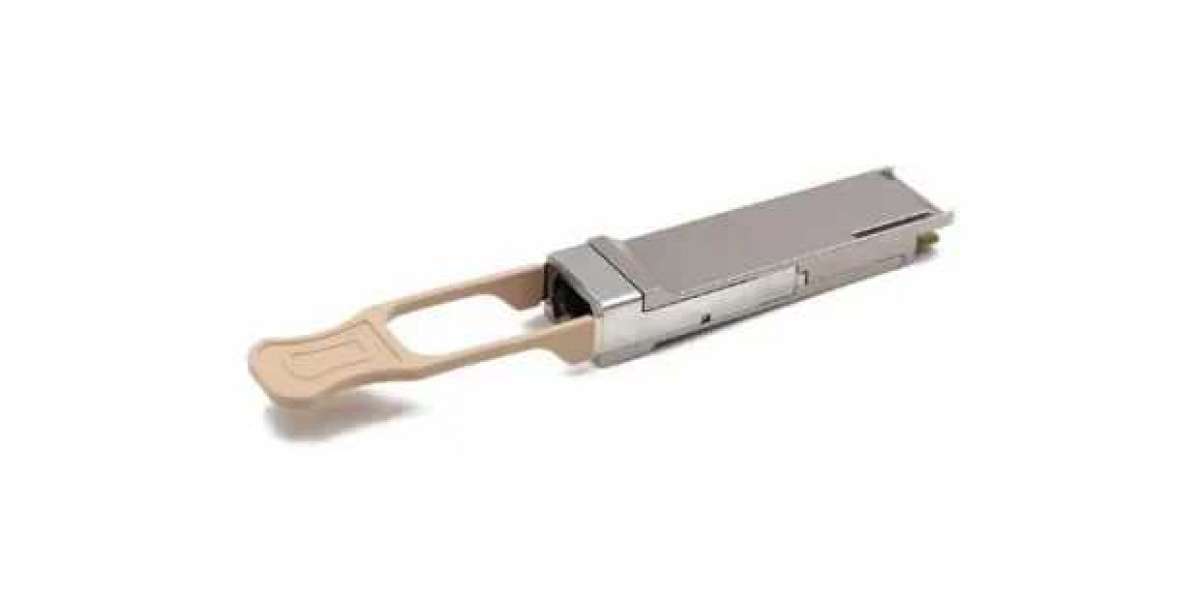Optical modules refer to photoelectric conversion equipment used in optical communication systems. It can convert electrical signals into optical signals for transmission, and can also convert optical signals into electrical signals for reception and decoding. In optical communication systems, the interface type of the optical module plays a crucial role in the performance and functionality of the system. Different interface types are suitable for different application scenarios and requirements, so understanding the interface types of optical modules is crucial for designing and deploying optical communication systems.

The interface types of optical modules can usually be divided into the following types: optical interface, electrical interface, optical and electrical interface, and monitoring interface. Each interface type has its specific uses and characteristics. These interface types are introduced in detail below.
The first is the optical interface. Optical interface refers to the type of interface used by optical modules to connect optical fibers. It usually uses optical fiber connectors for connection. The main function of the optical port interface is to transmit the optical signal of the optical module to the optical fiber or to receive the optical signal from the optical fiber. In optical communication systems, the types of optical interfaces usually include SC, LC, FC, etc. Different types are suitable for different fiber connection requirements, such as single-mode fiber or multi-mode fiber.
The second is the electrical interface. The electrical interface refers to the type of interface used by optical modules to connect electrical signals. It usually uses electrical connectors for connection. The main function of the electrical interface is to transmit the electrical signals of the optical module to other devices or to receive electrical signals from other devices. In optical communication systems, the types of electrical interfaces usually include RJ45, SFP, SFP+, etc. Different types are suitable for different electrical signal transmission requirements, such as Gigabit Ethernet, 10 Gigabit Ethernet, etc.
Next is the optical and electrical interface. The optical and electrical interface refers to the type of interface used by optical modules to connect optical fibers and electrical signals. It usually has the functions of both optical and electrical interfaces. The main function of the photoelectric port interface is to convert the optical signal of the optical module into an electrical signal or to convert the electrical signal into an optical signal, thereby realizing the function of photoelectric conversion. In optical communication systems, the types of optical and electrical interfaces usually include SFP optical modules, SFP+ optical modules, QSFP optical modules, etc. Different types are suitable for different optical and electrical conversion requirements, such as Gigabit Ethernet, 10 Gigabit Ethernet, and Fiber Channel. wait.
Finally, there is the monitoring interface. Monitoring interface refers to the type of interface used by optical modules for monitoring and management. It is usually used to connect monitoring equipment or management equipment. The main function of the monitoring interface is to monitor and manage optical modules, including temperature monitoring, voltage monitoring, optical power monitoring, and other functions. In optical communication systems, the types of monitoring interfaces usually include I2C interfaces, SPI interfaces, etc. Different types are suitable for different monitoring and management needs, such as remote monitoring, intelligent management, etc.
In general, the interface type of the optical module plays a crucial role in the performance and functionality of the optical communication system. Different interface types are suitable for different application scenarios and requirements. Therefore, when designing and deploying optical communication systems, it is necessary to select the appropriate optical module interface type according to actual needs to ensure the stability and reliability of the system.
https://www.fineconnco.com/Explore-different-types-of-optical-module-interfaces.html



